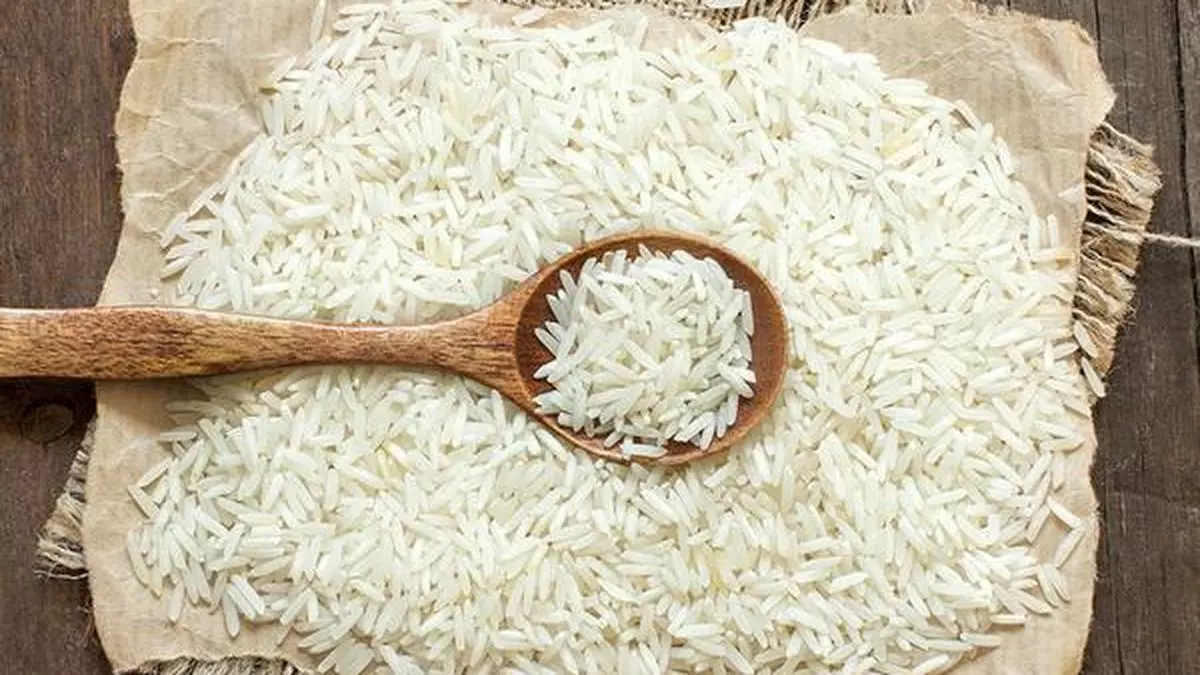India’s basmati rice export dilemma: Insurance issues and trade barriers
As of 2023-2024, India has the world’s highest rice export volume totalling 16.5 million tonnes, with basmati rice accounting for 5.24 million tonnes, a 15 per cent rise from the previous year. India’s basmati rice has long been celebrated for its unique aroma, delicate flavour, and long grain. This premium rice variety is not just a staple in Indian cuisine but also a significant player in the global rice market.
This rice is vital for farmers’ livelihoods in India’s northern states such as Punjab, Haryana, and Uttar Pradesh, which contribute significantly to the country’s agricultural exports. Though this sector has witnessed substantial growth, it is also facing several challenges, including insurance complications and trade barriers, which affect its future growth and market position.
Growing demand
The rise in basmati rice exports highlights a growing global demand for this premium product. This significant market has a strong appetite for high-quality rice, driven by both local consumption needs and the Indian diaspora’s preference for authentic Indian cuisine. For example, the Middle East has long been a significant market due to its cultural ties and demand for traditional Indian dishes, which prominently feature Basmati rice.
Similarly, as per the Agricultural and Processed Food Products Export Development Authority (APEDA), India exported 5.2 million tonnes of basmati rice for ₹48,389.18 crore in 2023-2024. Major export destinations for Indian Basmati rice include Saudi Arabia, Iraq, Iran, the UAE, the United States, and Yemen, showcasing the resilience and potential of India’s agricultural exports.
Insurance challenges
However, as export volumes increase, exporters face a multitude of challenges that could hinder their ability to maintain this upward trajectory. One significant issue is the insurance landscape surrounding Basmati rice exports, which has become increasingly complex. Insurance is a critical component for exporters, especially in a volatile global market.
Exporters of Basmati rice are often exposed to various risks, including transportation, theft, spoilage, and price fluctuations. Securing adequate insurance coverage can be challenging due to high premiums, limited coverage options, and a complicated claims process. These insurance challenges can deter potential exporters from engaging in the Basmati rice trade or limit the scope of their operations, ultimately affecting India’s export potential.
Trade barriers impacting exports
In addition to insurance issues, various trade barriers significantly impact the Indian Basmati rice export landscape. Many importing countries impose stringent quality and safety regulations on food products, including Basmati rice. Compliance with these regulations often requires additional certifications and testing, which can be costly and time-consuming for exporters. Also, trade tariffs imposed by importing countries can make Indian Basmati rice less competitive in the global market. Certain countries may impose high tariffs on rice imports, discouraging potential buyers from sourcing Basmati from India. Geopolitical tensions and diplomatic relations can also influence trade dynamics, leading to sudden shifts in trade policies or restrictions.
Additionally, in September 2024, the Indian government made a significant move to enhance Basmati rice exports by removing the minimum export price (MEP). This decision aims to make Indian Basmati more competitive in global markets, potentially leading to increased export volumes and revenue.
Strategies for sustainable growth
To overcome these challenges, several strategic measures can be implemented. Developing specialised insurance products tailored to the needs of agricultural exporters can help mitigate risks and reduce costs. Collaboration between government bodies, insurance companies, and exporters can pave the way for more comprehensive coverage. The Indian government can also play a crucial role by advocating for fair trade practices, reducing tariffs, and engaging in diplomatic efforts to strengthen relationships with key importing countries.
Additionally, simplifying regulatory compliance for exporters can encourage more businesses to engage in the Basmati rice trade. Enhancing logistics and transportation infrastructure can facilitate smoother export processes. Investments in cold storage facilities, transportation networks, and port facilities can significantly improve the efficiency of Basmati rice exports. Finally, increasing awareness of the quality and uniqueness of Indian Basmati rice in global markets can increase demand. Targeted marketing campaigns highlighting its distinct features, such as aroma, texture, and taste, can attract new consumers.
While the future of Indian Basmati rice exports looks promising with rising shipment volumes and growing demand, addressing the underlying challenges of insurance issues and trade barriers is crucial for sustained growth. By adopting strategic measures and fostering collaboration among stakeholders, India can reinforce its position as a leading exporter of basmati rice, ensuring that this iconic product continues to grow in international markets.
The author is Joint Managing Director DRRK Foods
